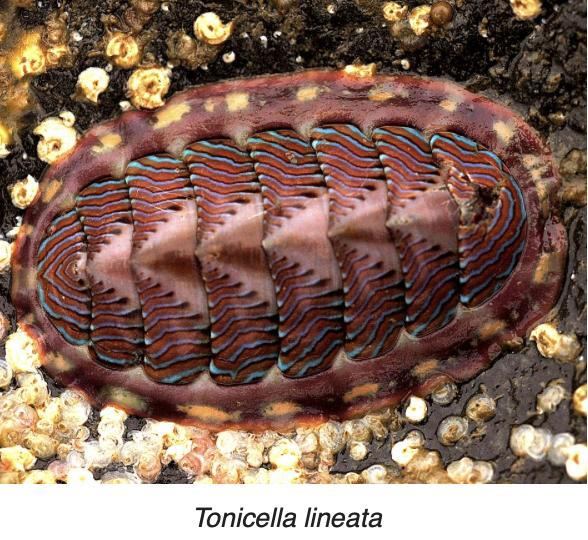https://www.jst.go.jp/pr/announce/20250808-5/index.html
https://www.science.org/doi/10.1126/science.adu0043
Chitons are marine mollusks also sometimes known as sea cradles or coat-of-mail shells or suck-rocks. They have a shell composed of eight separate shell plates which overlap at the front and back edges, and yet articulate well with one another. Because of this, the shell provides protection at the same time as permitting the chiton to flex upward when needed for locomotion over uneven surfaces, and even allows the animal to curl up into a ball when dislodged from rocks.
The mouth is located on the underside of the animal, and contains a tongue-like structure, which has numerous rows of 17 teeth each coated with magnetite, a hard ferric/ferrous oxide mineral. The mouth cavity itself is lined with chitin and is associated with a pair of salivary glands.
A research group at Okayama University, the University of California, Irvine; and Toho University has discovered a new protein, “radula matrix protein 1 (RTMP1),” involved in the formation of chiton magnetite (Fe3O4) teeth, and clarified the mechanism by which magnetite forms in vivo.
The magnetite teeth of chitons are extremely hard, and are known to have wear resistance that exceeds that of zirconia, also known as artificial diamond. The research group discovered that RTMP1, a unique protein found only in chitons, binds to the pre-formed tooth framework (chitin fibers) and induces the formation of iron oxide on the chitin fibers.
This finding is expected to lead to the development of environmentally friendly magnetite synthesis techniques and high-strength materials, as well as have a wide range of applications, such as research into the treatment of iron-related diseases.

